CHICO — Rather than waiting until after a disaster, what if there was a plan for housing, healthcare and food resources to support people when it strikes?
That is the premise of This Way to Resilience exposition Friday at Chico State, where local nonprofits convened for discussion on current efforts to make Butte County prepared with long term resources for its next climate disaster — not if, but when.
“There is no personal protection against climate change,” said Chico State Professor Mark Stemen. “There’s not any one thing we can do to protect ourselves from a major flood or a major fire, but collectively we can.”
Resilience, as Stemen puts it, is recognition that sustainable practices can be put to action, not alone, but as “something we do together.”
Audience members at the This Way to Resilience exposition watch presenters Friday, March 29, 2024 at Chico State’s Colusa Hall in Chico, California. (Michael Weber/Enterprise-Record)
“Sustainability is still a goal, but unfortunately things have gotten worse. And now we have to be prepared for disturbances as well – and that is resilience,” Stemen said.
Ushering in this mindset is the Butte Resilience Collaborative, composed of some of the presenters at Friday’s expo. In attendance more than a dozen organizations including the American Red Cross presented their current projects happening in Butte County.
Disasters here — the Oroville Dam spillway and several wildfires — have spawned conversations with the Butte Resilience Collaborative, of which the American Red Cross is part of local conversation.
Nate Miller, manager for the American Red Cross community adaptation program, said the American Red Cross is recognizing climate change to cause billions of dollars in costs, and has now invested about $1 million in Butte County to build out community centers, or “resilience” hubs for the first time.
Currently, Miller said, the Red Cross has invested money into the Bethel African American Episcopal Church, Oroville Southside Community Center, South Chico Community Assistance Center, the Esperanza Center and others in Paradise.
“We’ve been trying to find them all and bring them together,” Miller said.
The organizations at Friday’s expo, including the American Red Cross, are working on a partner agreement form — ironing out how all organizations in the county can triage resources during a disaster.
Miller said this effort into the Butte Resilience Collaborative is seeking to figure out collaboration, communication and resource management soon to be presented April 5 at the Dorothy F. Johnson Center.
Related Articles
Baltimore bridge disaster: Could it happen here?
As the rainy season continues, so does the risk of Lyme disease
Bounce back or bounce forward?: This Way to Resilience springs out of Chico State sustainability conference
Dreaming about the garden: Green-thumbs come out for Local Nursery Crawl
Wildflowers begin to bloom in Bidwell Park
Fifteen years ago, disasters costing more than $1 billion would average about three per year in the United States, Miller said. But now about 15 disasters that cause $1 billion in damage are occurring each year, with the last year counting 28.
“Say Maui — Maui is a 3-year recovery. The response was huge and the recovery is even longer, but what we’re realizing is that we’re always in continuous response. It’s too much, and it’s overwhelming everybody.”
Friday’s exposition followed a documentary premier Thursday called “The Climate Baby Dilemma.”

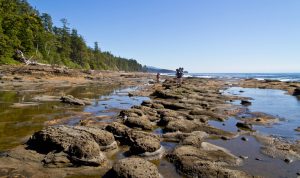


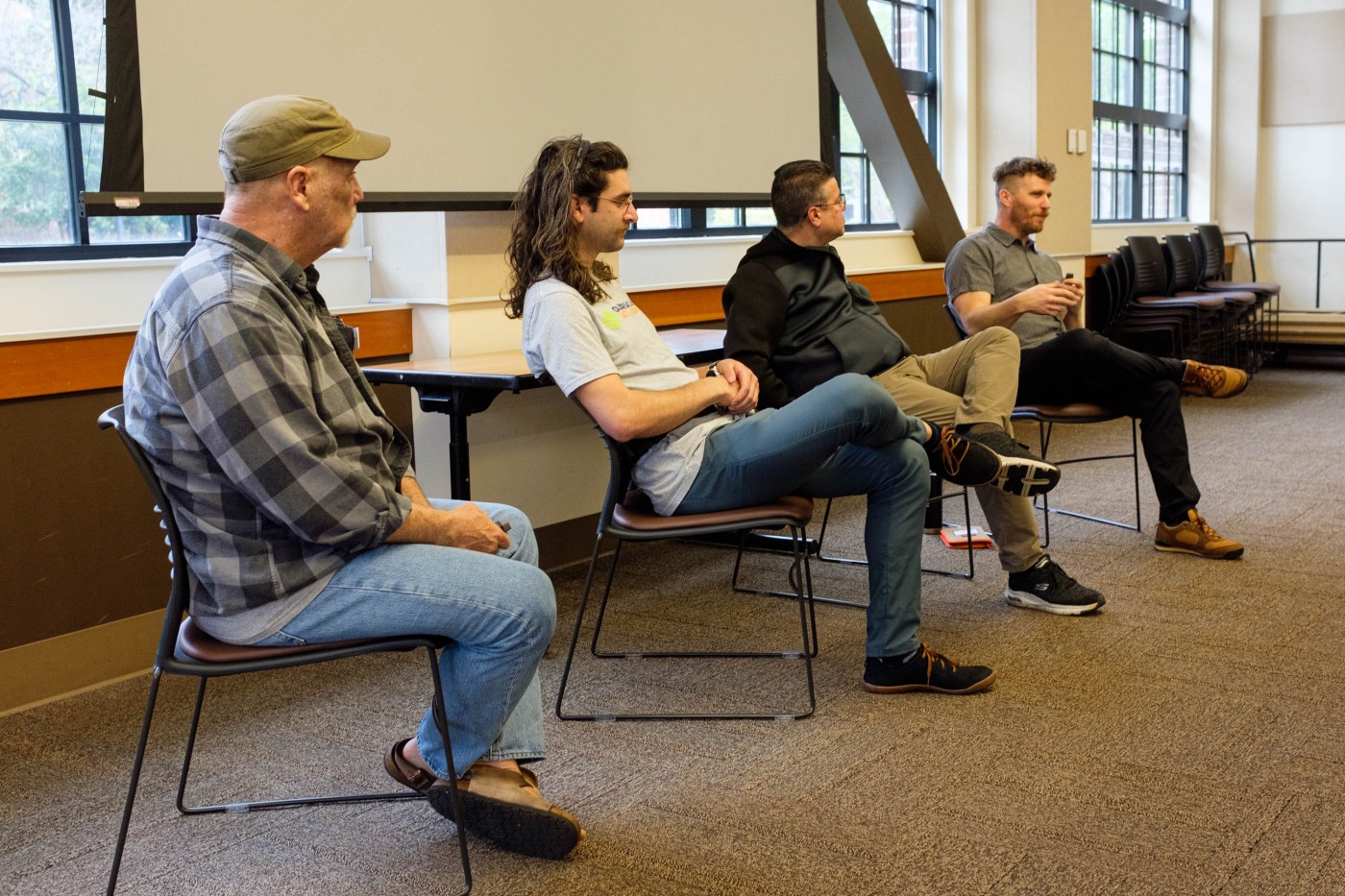
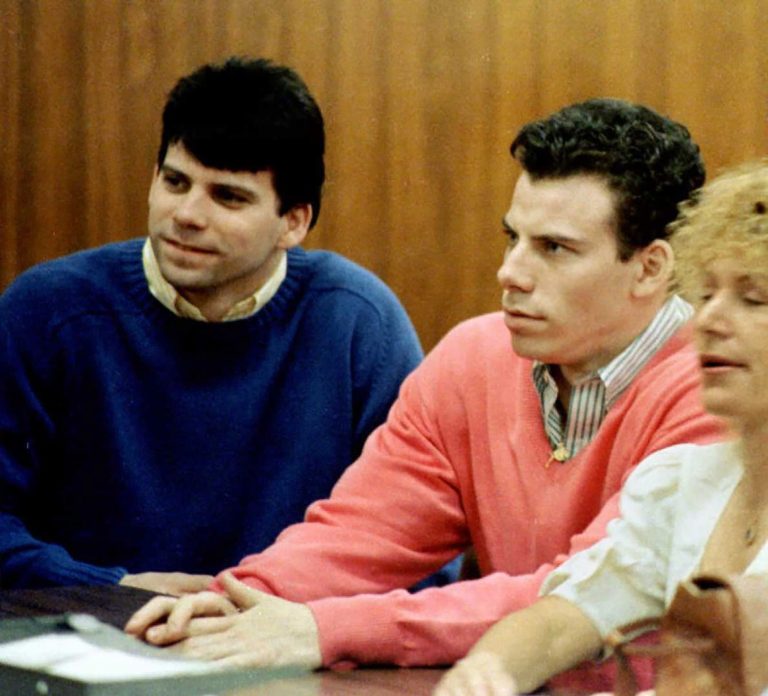
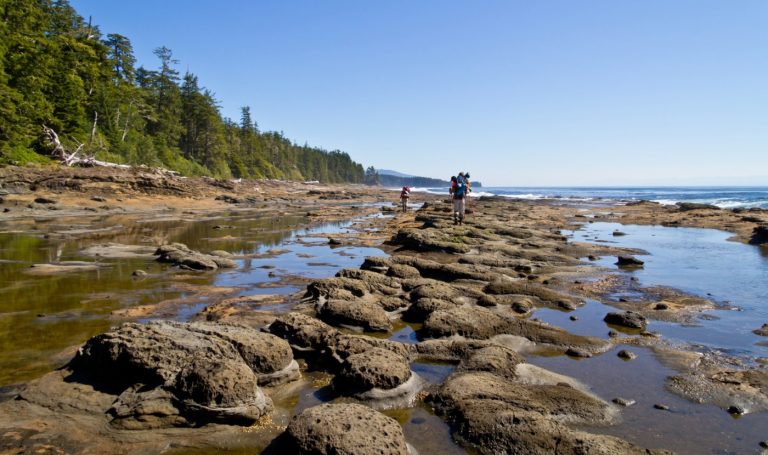

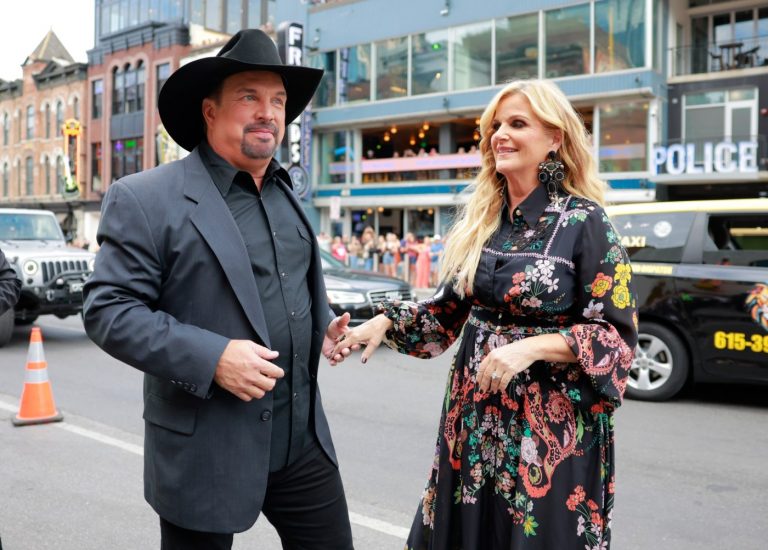
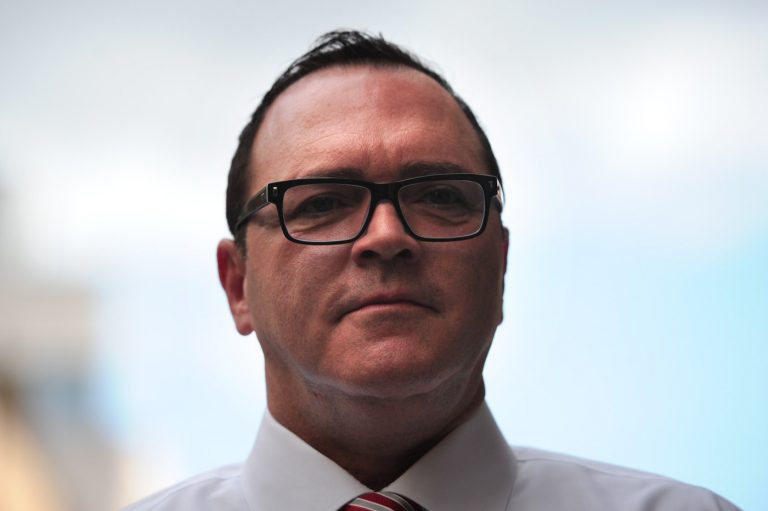



+ There are no comments
Add yours